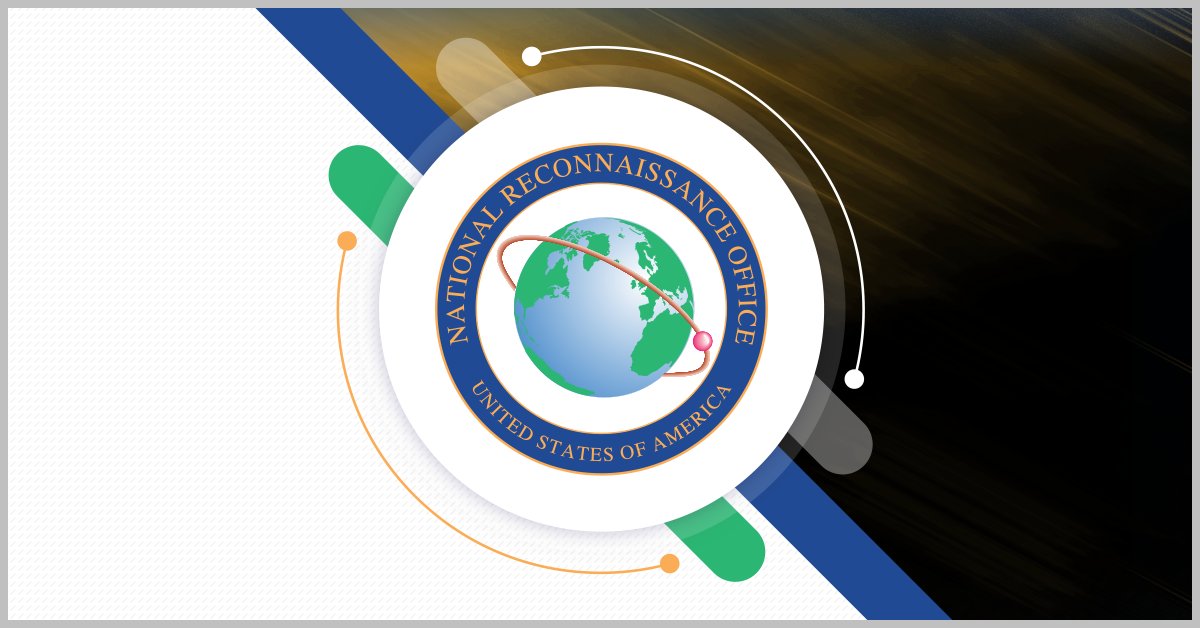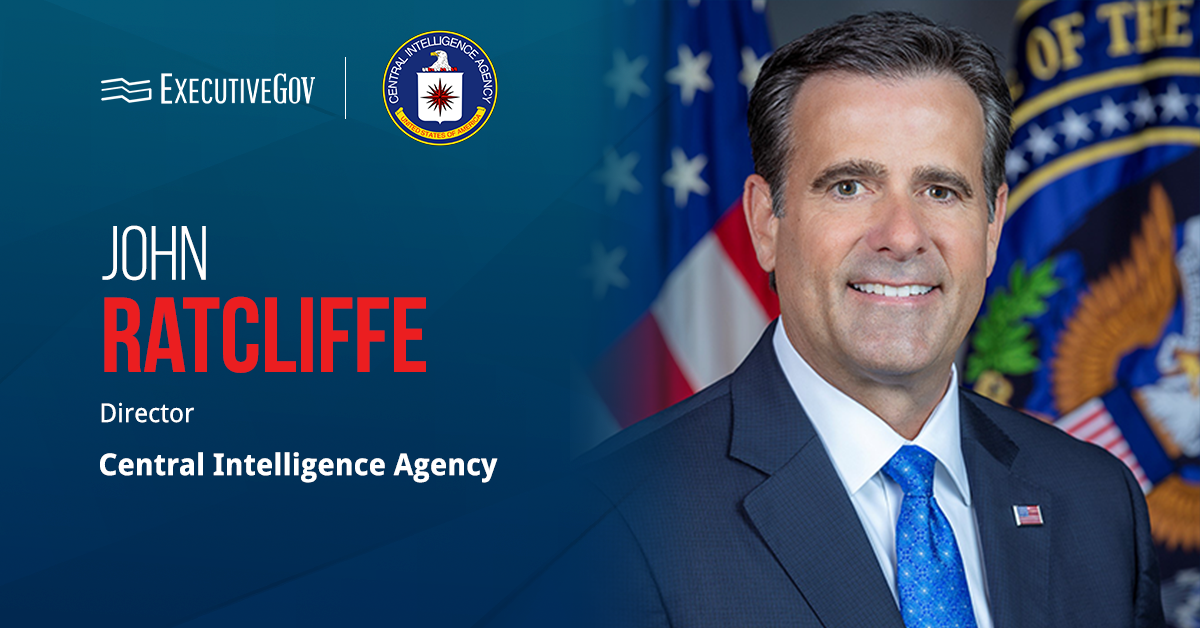All legacy Navy-Marine Corps Intranet, or NMCI, and OCONUS Enterprise Network, or ONE-Net, devices are set to be fully converted to the Nautilus platform by October this year, according to an article posted Friday on the Program Executive Office for Digital and Enterprise Services website.
Table of Contents
What Nautilus Offers
Nautilus devices are cloud-managed devices that work to provide end-users within the Department of the Navy with secure information access. The benefits of such devices include faster login times, better performance, seamless updates, a state-of-the-art security architecture and access to the latest operating systems. The PEO Digital article notes that Nautilus devices currently enjoy a customer satisfaction rating of 4.64/5.00.
Upgrade Progress
Conversions of NMCI and ONE-Net devices to Nautilus are being carried out in batches, though specific timelines are up to each command. As of December 2024, 3,816 legacy devices had already been transitioned to Nautilus.
Apart from upgrades, Nautilus will also be made available out of the box as new devices.












